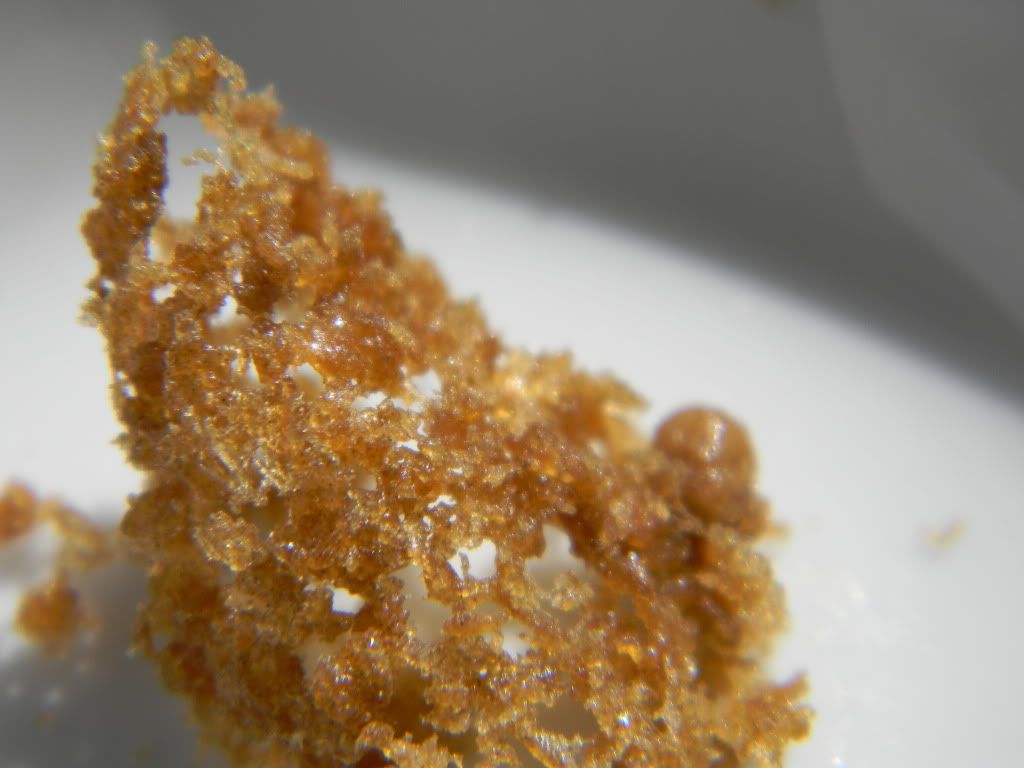Tokingham
Member
Ummm, because of our usage, I of course I have already contacted our local Airgas, and no problem getting mercaptan free N-Butane in 100# pots here, and similarly no problem purchasing mercap free butane at the local medical head shop. We've extensively used Lucienne 4X, typically supplied from either South Korea, or England, with no hint of mercaps added.
Butane sold as stove fuel in the US does contain mercaps, which is added for leak detection. It isn't added to lighter fuel because of the objectionable taste and smell and small quantities normally involved.
Even if people can't smell mercaps, they can still taste them. Very hard to miss at 2.8 parts per billionth ( not parts per millionth) sensory threshold.
The folks that I have read about blowing themselves up, did so from unsafe practices, such as extracting with butane indoors.
What can I say? Mercaps or the lack there of has little impact on mindless acts, where the issue is really ignorance or stupidity even after enlightenment.
Even after it has been explained to some folks, they either don't believe the explanation, or somehow feel it doesn't apply to them. As you have noted, some of them were dead wrong.
You're funny. I am only telling you what I was told by the Airgas employee.
I never said mercaptans caused an exlposion, I am unsure how you got that from what I said. Yes unsafe practices, like not knowing you have a bunch of butane in the air. I am sure the idiots could SMELL the butane but ignored it an blew themselves up. The smelling agents are added in hope that they will prevent that from happening or anything like it.
How do you know the store bought butane has no mercaptans?



